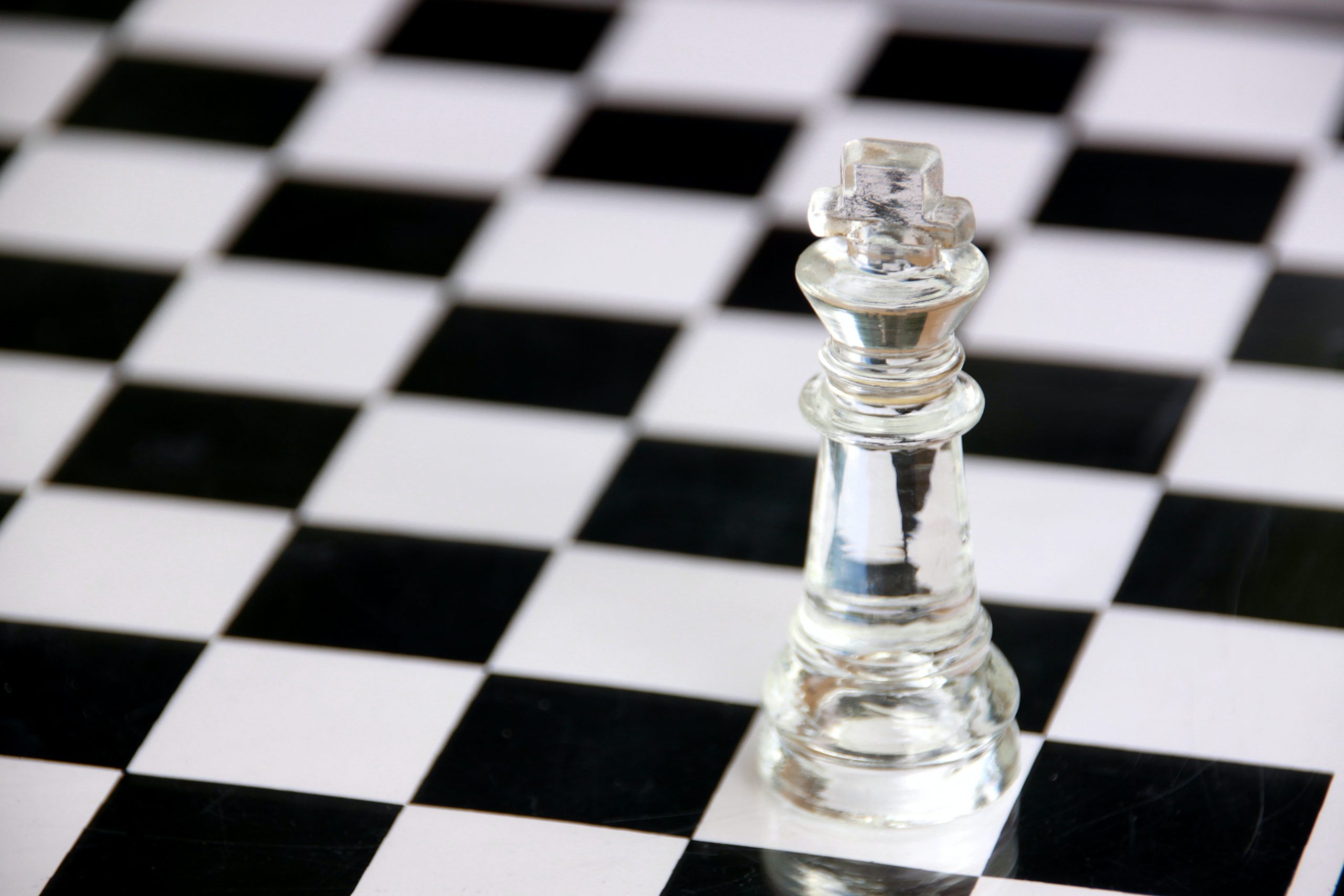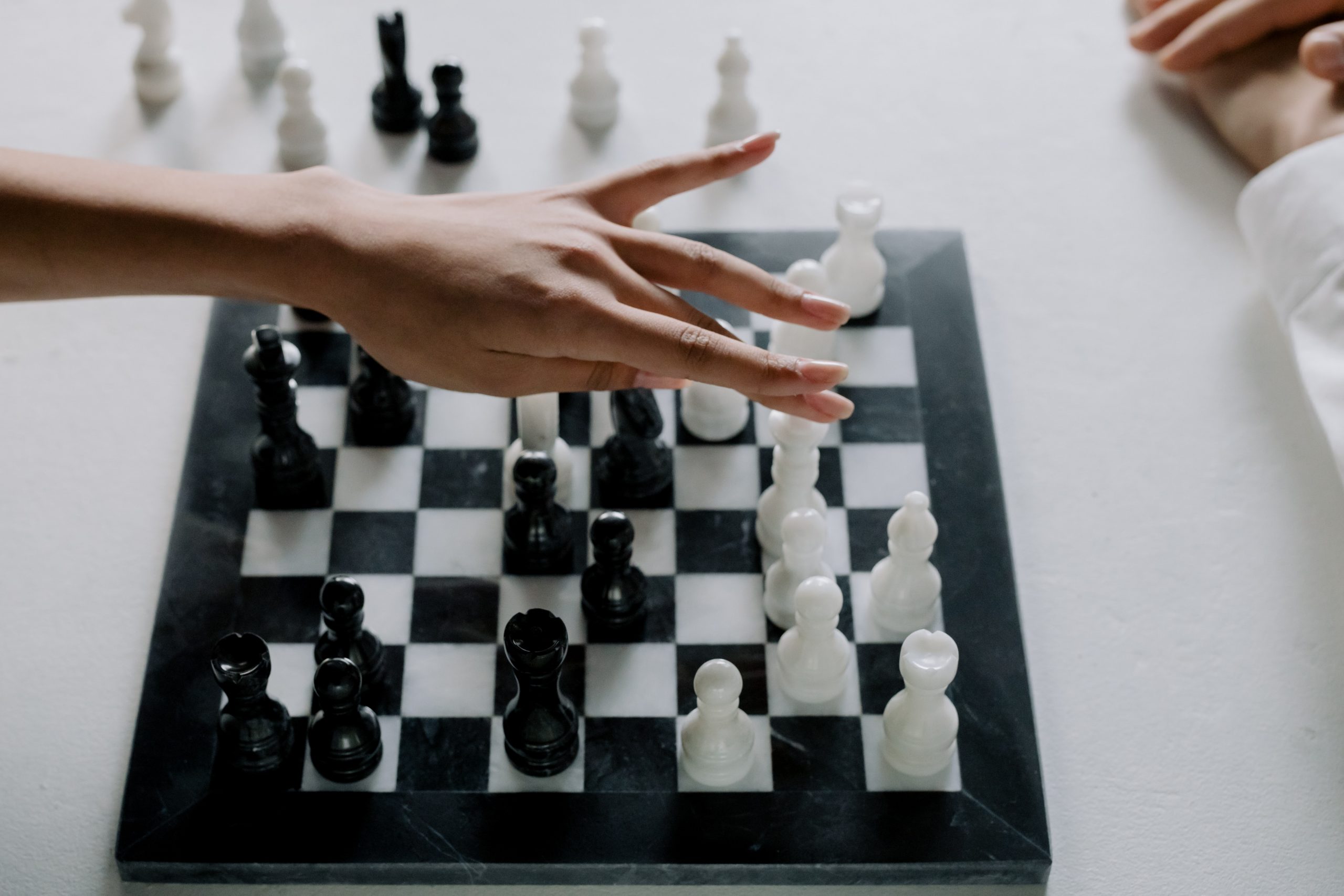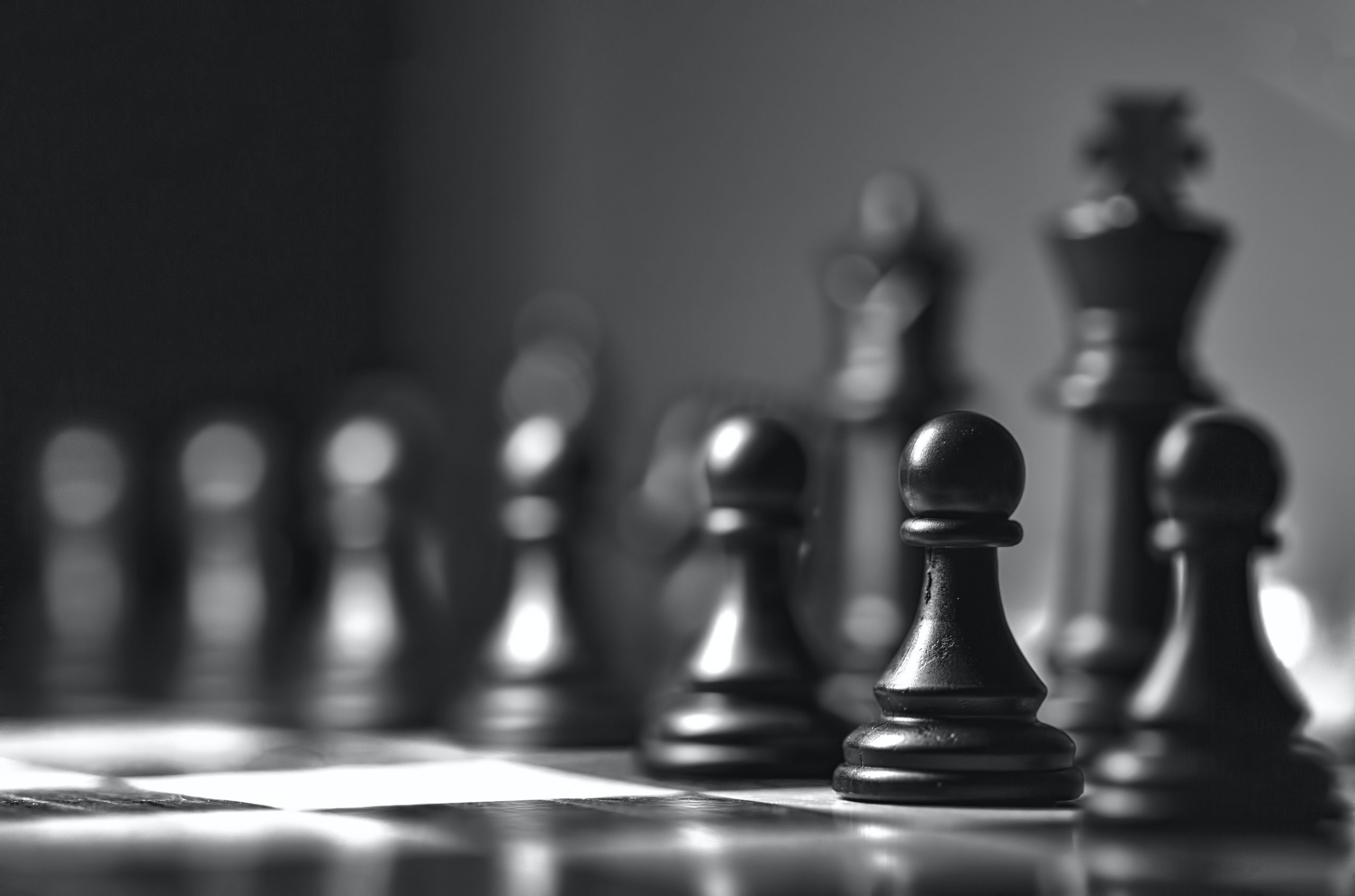
7 Chess Thinking Tips You Should Know
Chess thinking is a topic that isn’t widely explored in the literature. There are more about chess openings, strategies, and endgames.
However, there is a significant divide when it comes to something as fundamental as chess thinking. In today’s essay, I’ll go through the seven must-know chess thinking tips.
You’ll be one step closer to thinking like a Chess Master after this.
1. Take a look at the entire board
As easy as it may appear, “seeing” the entire board does not come readily to most players.
How many times have we lost a piece because we failed to see a stealthy check on the opposite side of the board? Or did you entirely overlook a previously known attack on a Knight who was not in the center?
Chess players are prone to focusing their attention on certain areas of the board, or even specific pieces or pawns.
If there is a King’s Side attack, for example, you will most likely be targeted there. Meanwhile, basic tactics or a breakthrough on the Queen’s Side will be easy to overlook.
This is referred to as tunnel vision. Because our brain is focused on different components of the board, we miss certain apparent facts.
And if you believe those gaffes are limited to club players, think again. Even Super-GMs can lose the game by forgetting about the existence of pieces [aka vanishing pieces] right in front of their eyes. Hikaru Nakamura experienced something similar lately.
Simple solution: Take a look at the entire board! Consider the situation. Don’t only concentrate on the action-packed King’s Side or the middle of the board. It’s advisable to focus your attention on other areas of the board where there appears to be nothing going on. Maybe you’ll notice something that your opponent didn’t, and that something will help you win the game!

2. Assess all checks, captures, and threats.
This is a timeless and crucial piece of advice that you should follow after every move.
Checks, captures, and threats are referred to as forcing movements since they compel you to act. Either move your King or block the check, reclaim the captive piece (assuming it wasn’t simply a hanging Knight), or remove the threat (for example defend against a dangerous fork or a mate-in-1).
The importance of forcing maneuvers comes from the fact that they push you to react, preventing you from sticking to your strategy. This complicates your opponent’s task and makes your movements more predictable.
As a result, it’s advisable to assess all of the forceful maneuvers ahead of time to avoid any unpleasant shocks in the future.
3. Determine what your opponent is up to.
Knowing what your opponent is up to is usually beneficial. Knowing what their next move will be will make it much easier to strike or defend. Unfortunately, we are unable to read their thoughts. Chess would not exist if that were feasible.
However, depending on certain indicators, we may obtain a very decent picture of what your opponent is intending. It is feasible to predict where your opponent intends to strike with a high degree of accuracy by studying piece activity, movement, strong and weak squares.
Let me illustrate with two basic instances.
Example 1: On an open file, your opponent is lining up the rooks behind the pawn. They’re most likely going to shove that pawn.
Example 2: Your opponent is attacking your castle with both bishops and the queen. They are most certainly plotting an attack on the king’s side.
Learn to understand your opponent’s mind and you’ll be much better off in the long run!

4. Determine who has a competitive advantage.
It’s critical to figure out which side has the upper hand in order to make the optimal play.
Following this pattern is the most easy approach to determine who is better off:
- The disparity in the Kings’ positions affects the King’s safety.
- Material on the board — for the pawns and pieces, normal numeric values can be utilized.
- The difference in activity between your piece and a similar piece in the opponent’s camp is known as piece activity.
- Pawn structure: pawns control crucial squares (central), weak pawns, powerful pawns, solitary pawns past pawns, etc.
Once you’ve determined which side has the upper hand, you may go on to the next step of determining the optimal strategy.
5. Make a sound strategy.
If you have a superior position than your opponent, you must attack; else, you risk losing your advantage.
On the contrary, if you are in a disadvantageous position, you should be defending and planning a counter-attack.
Coming up with a game strategy for the entire game might be tricky.
It’s preferable to have a short-term strategy in this instance.
Relocating the knight to a strong outpost, switching bishops, activating rooks, and taking a break in the center, for example, might be part of your strategy.
Remember that having a terrible plan is preferable than having no plan at all.
6. Stick to your strategy.
After you’ve made a plan, the most essential thing is to stick to it. Many times, I’ve seen club players come up with a fair strategy, but then abandon it and start preparing entirely different things.
Indeed, depending on what’s going on at the table and how your opponent reacts, your strategy may need to be tweaked along the way.
This is, without a doubt, the most crucial piece of advise. Consider the decision you’re going to make and try to come up with reasons why it could be a mistake.
- Are you leaving something vulnerable to the elements?
- Is there a strategy involved?
- What about the board’s opposite side?
- Is there a reaction from your opponent that you didn’t anticipate?
It’s time to make the move once you’ve asked yourself a few easy questions and confirmed that everything is in order.
This easy chess thinking technique will quickly become second nature to you, and you’ll be able to remove the bulk of errors from your games.


